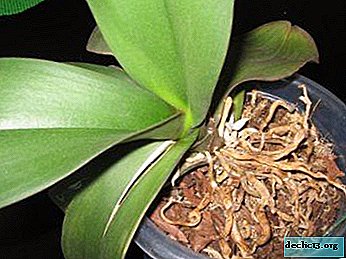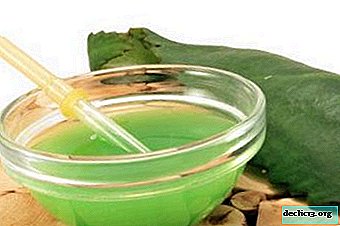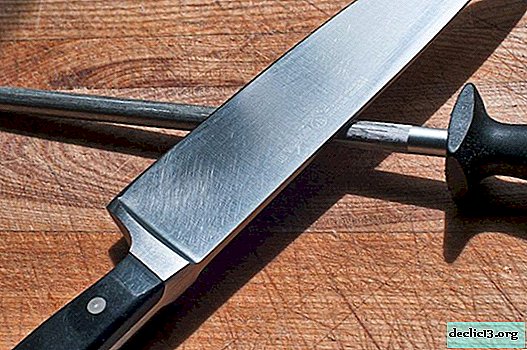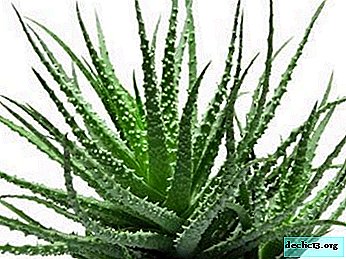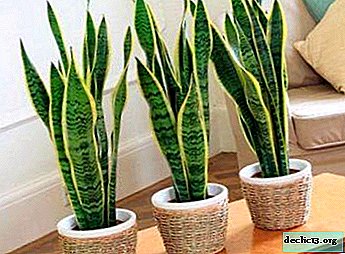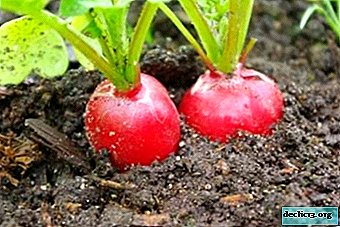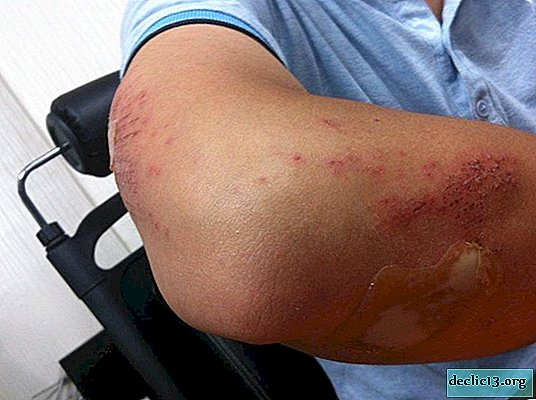Why do the leaves of a Chinese room rose turn yellow and fall, and what should I do?
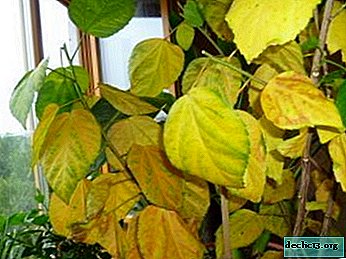
Hibiscus growers face problems such as yellowing and falling leaves.
This process is considered normal when the plant drops leaves for renewal. In this case, the foliage falls in small quantities and has a seasonal character.
But sometimes yes, it becomes a symptom of a stressful situation caused by improper care at home. In the article, we will consider why the leaves turn yellow and what to do.
Wrong watering
 Why do the leaves of an indoor flower turn yellow and what to do with it at home? The Chinese rose suffers from both a shortage and an excess of water.
Why do the leaves of an indoor flower turn yellow and what to do with it at home? The Chinese rose suffers from both a shortage and an excess of water.
With dry air and high temperatures, hibiscus requires daily moistening of the leaves in the form of spraying and watering at room temperature 2 to 3 times a week. Do not overmoisten the earth.
Excess water will adversely affect the root system. It is necessary to ensure that the soil is moderately moist and loose. Do not water the plants at night.
Temperature
Chinese rose is a tropical plant that feels comfortable at a temperature of + 18 ° to + 29 °. During the heat, the hibiscus lacks moisture to nourish the leaves. Therefore, plants respond by dropping pre-yellowed foliage. This helps to reduce the need for water.
At low temperatures, hibiscus leaves also turn yellow and fall, so do not put the houseplant close to a cold window.
It is important to observe the correct temperature regime in which the plant will not experience stress.Lighting
 This is one of the main reasons for the deciduous Chinese rose. The daylight hours of hibiscus are 10 hours, so in winter you need to take care of additional lighting.
This is one of the main reasons for the deciduous Chinese rose. The daylight hours of hibiscus are 10 hours, so in winter you need to take care of additional lighting.
Direct exposure to sunlight also causes yellowing of the leaves. What do we have to do? If the flower is close to the window, you should limit the access of the sun with the help of curtains in the summer. In autumn and winter, this is not worth doing.
Dry air
Dry, hot air also causes the leaves of the Chinese rose to fall off.
Place the flower as far away as possible from the radiators. If this is not possible, daily spraying of the plant with water at room temperature is necessary.Wrong soil
Oversaturation and dryness of the soil also leads to the fall of hibiscus leaves. Heavy, swampy land negatively affects the root system of the plant.
The soil for the Chinese rose should be light and permeable. To create favorable conditions for keeping the flower, you can add a little hydrogel to the soil. It helps to moisturize the earth without making it heavier.
Lack of fertilizer
An unbalanced diet negatively affects the foliage of hibiscus. Why does the plant turn yellow and discard leaves due to improper feeding? In fertilizers for Chinese roses, potassium and magnesium must be present. Phosphorus and nitrogen can also be part of top dressing, but in very small quantities. This plant does not tolerate the thoughtless use of pesticides. The result of their excessive increase is yellowing of the leaves.
To avoid this, you should use one form of such fertilizers in minimal quantities. An excess of phosphate fertilizers leads to yellowing of the leaves externally and blocking the nutrient system internally. Because of this, the flower does not receive the other nutrients it needs.
Frequent change of location
Very hard, the Chinese rose suffers a frequent change of location. Even if you turn the pot with the flower, changing its location relative to the light source, this will negatively affect the foliage and the plant as a whole.
Moving hibiscus is not recommended for no reason.Pests
 For the Chinese rose, the most common and dangerous pest is the spider mite. Notice its appearance, at first is not easy. When the pest becomes visible, spraying with a soapy solution is already useless. This method of pest control is preventive.
For the Chinese rose, the most common and dangerous pest is the spider mite. Notice its appearance, at first is not easy. When the pest becomes visible, spraying with a soapy solution is already useless. This method of pest control is preventive.
The plant at this point needs the help of various chemicals that should be purchased at flower shops. With their help, the crown of the bush and the whole plant are processed.
Hibiscus has not only amazing beauty, but also simplicity of content. So that the plant does not upset you with such a problem as yellowing and falling of leaves, you need to protect it from stress as much as possible and create favorable conditions.

